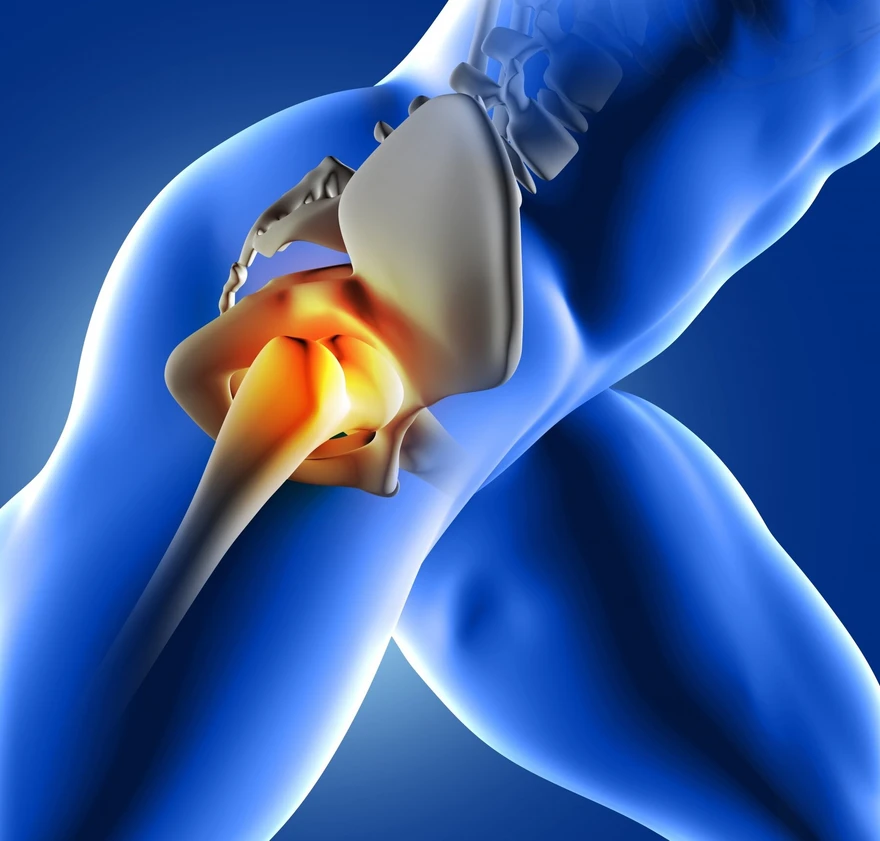AVN treatment in Jabalpur

AVN treatment in Jabalpur
What is Avascular Necrosis (AVN)?
Avascular Necrosis occurs when there is a loss of blood flow to the bone, often due to injury, long-term steroid use, excessive alcohol consumption, or certain medical conditions such as sickle cell anemia. As the bone tissue dies, the affected bone becomes weaker, which can cause the bone to collapse over time. If left untreated, AVN can lead to permanent joint damage, severe pain, and disability.
Symptoms of AVN
Recognizing the symptoms of AVN early is crucial for effective treatment. Common signs include:
- Joint pain that starts gradually and worsens over time
- Limited range of motion in the affected joint
- Difficulty walking or weight-bearing on the affected joint
- Swelling or tenderness around the joint
AVN Treatment Options
There are various treatment options available for AVN, depending on the severity of the condition, the affected bone, and the overall health of the patient. The primary goal of treatment is to restore blood flow to the bone, alleviate pain, and prevent further joint damage.
Conservative Treatment (Non-Surgical Options)
- Medications: Pain relief medications like NSAIDs (non-steroidal anti-inflammatory drugs) can help manage pain and inflammation associated with AVN.
- Physical Therapy: Strengthening and flexibility exercises can improve joint function and help reduce discomfort.
- Joint Protection: Using walking aids such as crutches can help reduce stress on the affected joint.
Surgical Treatment
If conservative treatments are ineffective, surgery may be necessary. The following are common surgical procedures for AVN treatment:
- Core Decompression: This procedure involves removing a small part of the bone to reduce pressure, which may help restore blood flow to the area.
- Bone Grafting: A bone graft can be used to replace the damaged bone tissue, stimulating new bone growth.
- Osteotomy: This surgery involves repositioning the bone to reduce pressure on the affected joint.
- Total Joint Replacement (Hip or Knee Replacement): In cases of severe AVN, joint replacement surgery may be the best option to restore function and relieve pain.
Stem Cell Therapy
Emerging treatments, such as stem cell therapy, aim to regenerate bone tissue by using the body’s own cells. This innovative approach holds promise for treating AVN and slowing the progression of the condition. Stem cell therapy is still being studied, but it may provide an alternative to traditional surgical interventions in some cases.
AVN Treatment and Recovery
Preventing Avascular Necrosis
Although AVN can occur for reasons outside of an individual’s control, there are steps you can take to minimize your risk:
- Limit alcohol consumption
- Avoid long-term use of corticosteroids
- Maintain a healthy diet and weight
- Engage in regular physical activity to promote bone health
- Protect against joint injuries by using proper equipment during physical activities
